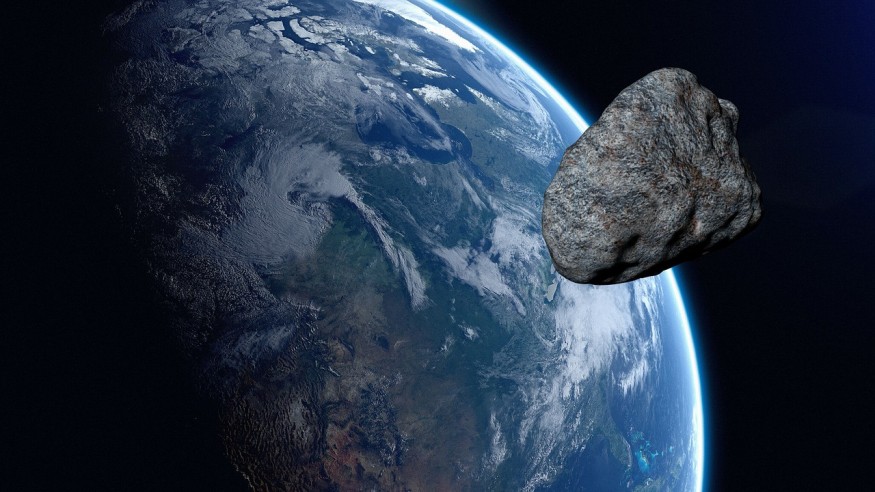NASA announced that the recently found asteroid that was given a 1-in-600 probability of colliding with Earth on Valentine's Day 2046 is now exceedingly unlikely to collide with our planet, Live Science reported.
Science Times previously reported that the asteroid, designated "2023 DW" after its discovery on February 27, is nearly the length of an Olympic-size swimming pool that measures about 165 feet (50 meters) in diameter.

Asteroid 2023 DW's Chance of Hitting Earth Plummeted
NASA's Planetary Defense Coordination Office initially said that there is a tiny possibility of a direct hit of the asteroid. Their warning prompted a rush of press coverage that recommend readers to reconsider any romantic plans on Valentine's Day in 2046.
However, NASA changed its assessment and placed the odds of the asteroid hitting Earth at roughly 1-in-770 or 99.87% probability of missing the planet. Likewise, the European Space Agency's (ESA) Near-Earth Object Coordination Centre has reduced its danger assessment and has reduced it to 1-in-1,584 from 1-in-625.
ESA's planetary defense office head Richard Moissl told Agence France-Presse on Tuesday, March 14, that the probability of the space rock hitting Earth will go down now with every observation until it approaches in a few days at the latest. He asked the public not to be concerned about this asteroid.
NASA monitors the positions and orbits of over 28,000 asteroids using the Asteroid Terrestrial-impact Late Alert System (ATLAS), a network of four telescopes capable of scanning the whole night sky every 24 hours.
Each space object that comes within 120 million miles (193 million kilometers) of Earth is classified as a "near-Earth object," and any huge object that comes within 4.65 million miles (7.5 million kilometers) of our planet is classified as "potentially hazardous."
As per NASA, Earth faces no known dangers from any apocalyptic kind of asteroid for the next 100 years. The American space agency estimated the trajectories of these near-Earth objects beyond the end of the century to monitor any potential cosmic threats.
READ ALSO : Watch 'Monster Planet Killer' Asteroid Making Its Close Approach to Earth; Here's When And How To View It
What If Asteroid 2023 DW Indeed Hit Earth?
Davide Farnocchia, a scientist at NASA's Center for Near-Earth Object Studies, said that an excellent parallel to asteroid 2023 DW would be the Tunguska catastrophe. It was an asteroid with the same size as 2023 DW that burst into the sky above a sparsely inhabited area of Siberia in 1908.
He said that the subsequent explosion flattened trees of over a 2,000-kilometer region. In comparison, Japan Times reports that Tokyo is about 2,100 square kilometers in size. Moissl explained that it would mean asteroid 2023 DW could cause regional damage but would have little impact on the planet.
The asteroid is orbiting the Sun and passed within 9 million kilometers of Earth on February 18, which is a week before it was spotted. Scientists estimate that if it were to impact Earth in 2046, it would be traveling at roughly 15 kilometers per second.
Moissl noted that there is a 70% probability it will land in the Pacific Ocean, but the possible striking zone may also encompass the United States, Australia, or Southeast Asia.
RELATED ARTICLE: NASA Discovers Asteroid as Big as Olympic-size Swimming Pool; Space Rock Has 1-in-600 Chance of Impacting Earth
Check out more news and information on Asteroids in Science Times.












